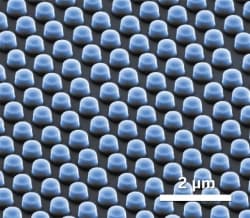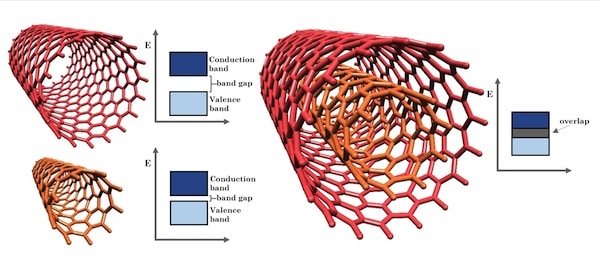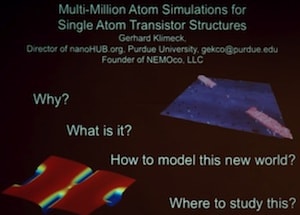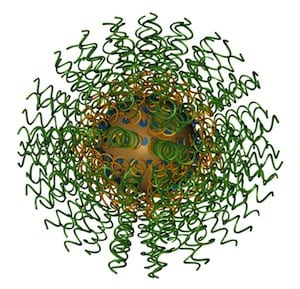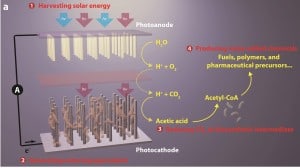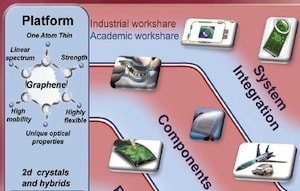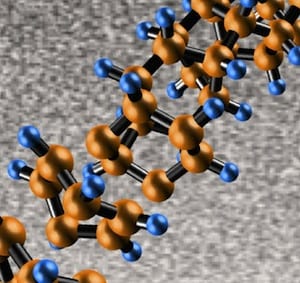Recently highlighted in a C&EN article titled Simple Process Creates Near-Perfect Mirrors Out of a Metamaterial, researchers out of Vanderbilt University developed a method to self-assemble silicon nanostructures to achieve highly (Bragg-like) reflective mirrors which capitalize on nanoscale properties not present in bulk structures. The self-assembly method is far simpler than previous, conventional electron beam… Continue reading Self-assembly of silicon metamaterial for nanoscale reflectors
Self-assembly of silicon metamaterial for nanoscale reflectors
